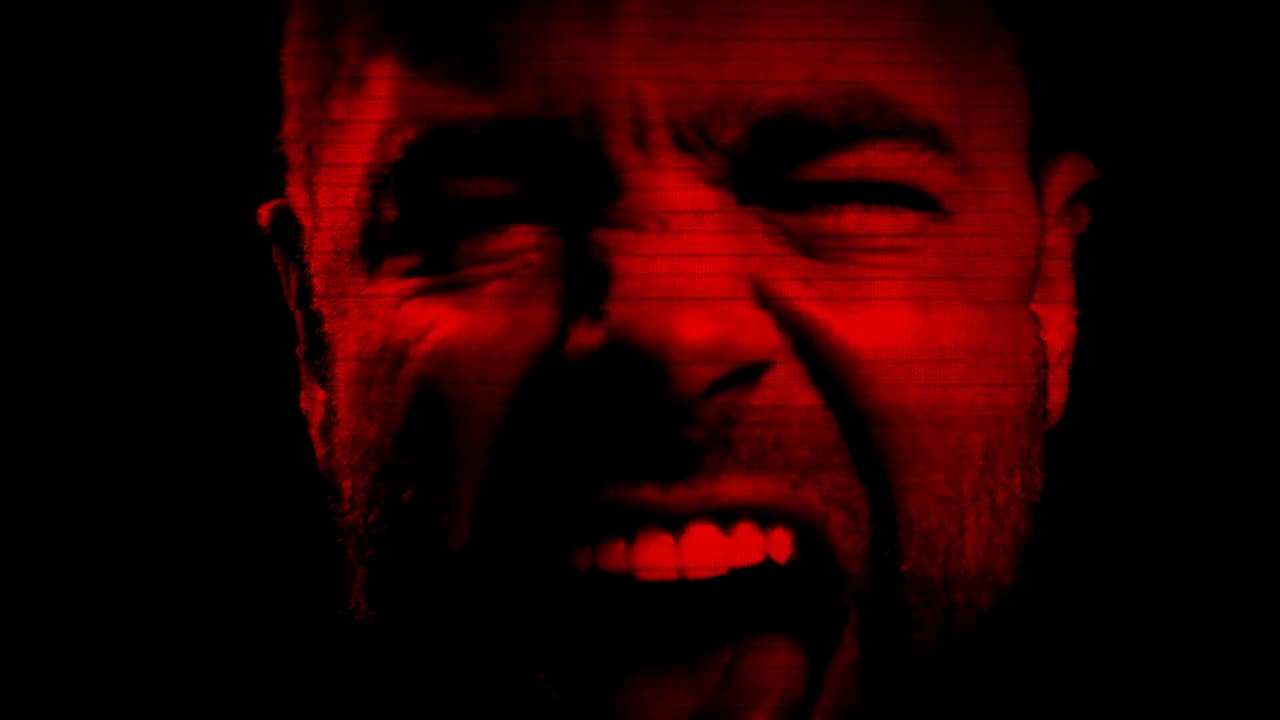Dead Take Review

In a year filled with horror releases that rely heavily on cheap shocks and excessive gore, Dead Take stands apart as a more deliberate, psychological experience. Developed by Surgent Studios, this first-person horror game invites players into a world where fear doesn’t come from what leaps out at you—but from what lingers in the silence.
At its core, Dead Take is about tension, loss, and discovery. You play as a protagonist searching for a missing friend inside a sprawling, luxurious mansion that hides more than its ornate halls suggest. Every creak, whisper, and shadow feels meticulously crafted to unsettle rather than startle, making this one of the more mature horror experiences in recent memory.

A Mansion Full of Secrets
From the moment you step through the mansion’s towering doors, Dead Take envelops you in atmosphere. The setting is beautifully realized, mixing gothic architecture with modern decadence. Chandeliers shimmer in candlelight, while the faint hum of wind through broken glass fills the halls with a chilling sense of isolation.
This isn’t a world designed for jump scares; it’s a world built on dread. Surgent Studios clearly understands that the best horror is psychological. The mansion feels alive, its architecture twisting and shifting in subtle ways that create constant unease. Even simple exploration feels dangerous, as though every corner could expose a truth you’re not ready to face.
The game’s visual presentation is stunning. Powered by Unreal Engine, Dead Take boasts highly detailed environments, convincing lighting effects, and an art direction that balances beauty and terror with precision. The elegant visual design contrasts perfectly with the decaying unease that runs through every corridor, creating a haunting duality that keeps you on edge throughout.

Performances and Storytelling
If the visuals build the world, it’s the performances that give it life. The voice acting and motion capture work are exceptional, grounding the surreal events with believable human emotion. The cast delivers performances that elevate the material, especially during key narrative moments when fear and vulnerability intertwine.
The story itself unfolds gradually, using journal entries, flashbacks, and cryptic dialogue to reveal the mansion’s dark history and your friend’s mysterious disappearance. It’s a tale of obsession and consequence, of curiosity turned into damnation. What makes the narrative so engaging is how it refuses to spoon-feed information. Players must piece together fragments of the truth, often questioning what’s real and what’s imagined.
This layered storytelling approach ensures that you remain deeply engaged from start to finish. It’s not just about solving puzzles or finding keys; it’s about uncovering meaning, about understanding the emotional decay behind the mansion’s haunting presence.

Puzzles and Progression
Dead Take leans heavily into puzzle-solving, and for the most part, this works in its favour. The puzzles are intricately designed and tie naturally into the environment, giving the sense that you’re truly unravelling the mansion’s mysteries rather than completing arbitrary tasks.
That said, there are moments where the difficulty can feel excessive. Some late-game puzzles cross the line from challenging to frustrating, especially when combined with the game’s minimal direction. The lack of clear guidance may appeal to players who enjoy trial-and-error discovery, but for others, it could lead to aimless wandering and unnecessary repetition.
Still, the satisfaction of solving these complex riddles is undeniable. Each breakthrough feels rewarding precisely because the game refuses to hold your hand. It’s a test of patience and perception, one that mirrors the protagonist’s psychological unravelling.

Performance and Atmosphere
On a technical level, Dead Take performs admirably. The game runs smoothly on PC, maintaining stable performance even during its more visually intense sequences. However, there is a minor issue with audio distortion, particularly after extended play sessions. The sound can become choppy or desynchronized, but a quick restart resolves it without further trouble.
Outside of that, the game’s sound design is exemplary. The creak of old wood, the distant echoes of footsteps, and the faint, sorrowful score work together to sustain tension throughout. The developers clearly understand that silence is one of the most powerful tools in horror, and they use it masterfully.
Perhaps most impressive is how Dead Take maintains a sense of fear without relying on jump scares. The horror here is psychological, an unease that builds slowly until it seeps into your thoughts. The mansion becomes a reflection of guilt and grief, and even in moments of stillness, you can’t shake the feeling that something unseen is always watching.

Final Verdict
Dead Take is a masterclass in psychological tension and environmental storytelling. Surgent Studios has crafted a haunting, beautifully realized experience that proves horror doesn’t need to be loud to be terrifying. Its stunning visuals, outstanding performances, and gripping narrative create a journey that feels both intimate and grand in scope.
While a few technical hiccups and moments of unclear direction hold it back from perfection, the game’s atmosphere and emotional depth make it one of the most memorable horror experiences of the year. The puzzles can be daunting, but for those willing to persevere, the rewards are immense, a story that lingers long after the credits roll.
Dead Take understands that true fear comes not from monsters, but from the reflection of our own doubts and desires. It’s elegant, unnerving, and utterly captivating.
With its breathtaking visuals, emotionally charged performances, and a story that prioritizes slow-burn tension over cheap scares, Dead Take stands as one of the best psychological horror titles in recent memory. A few technical flaws and punishing puzzles slightly dull its polish, but its mastery of atmosphere and storytelling make it a haunting experience worth exploring.

Reviewed on PC
